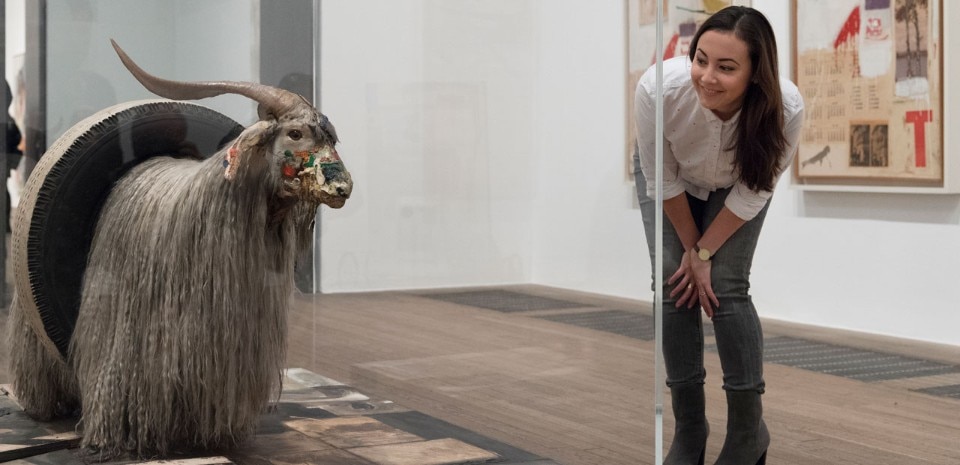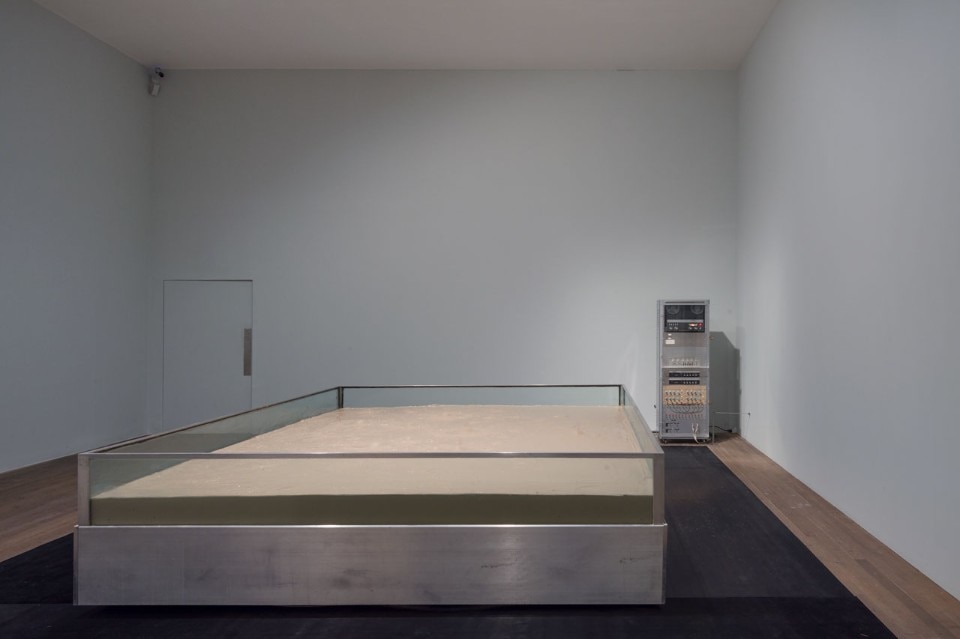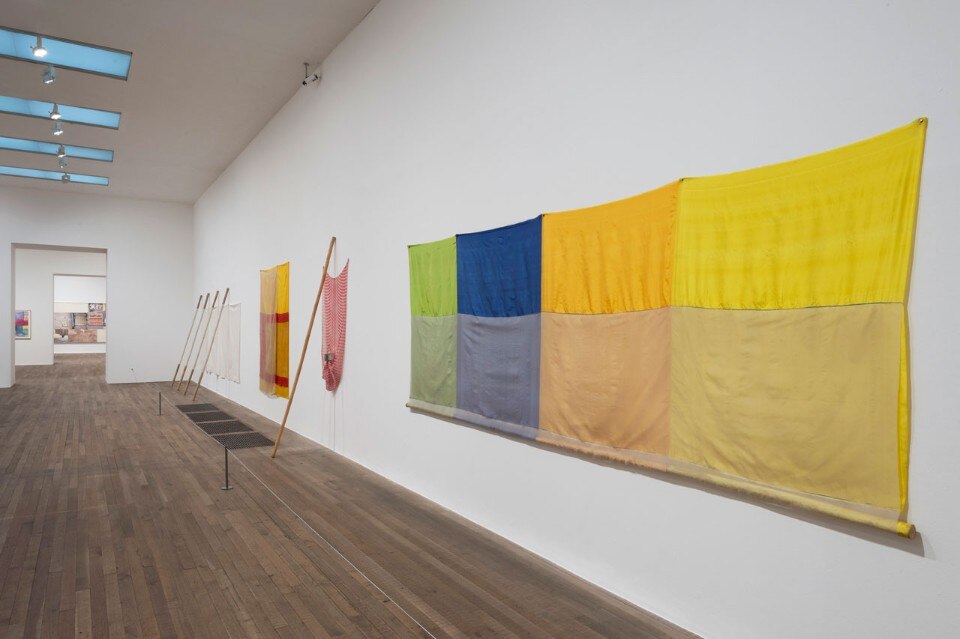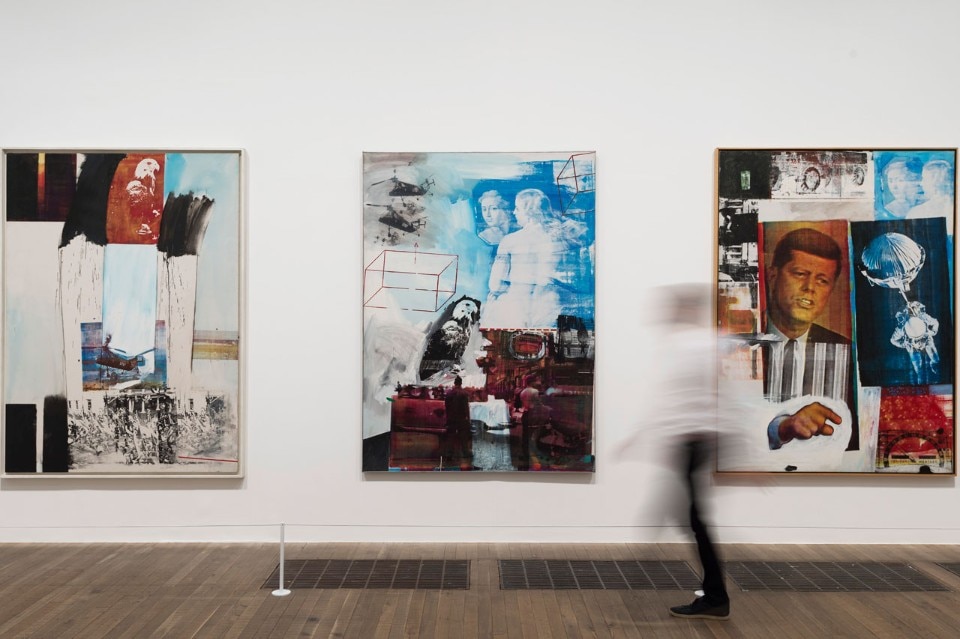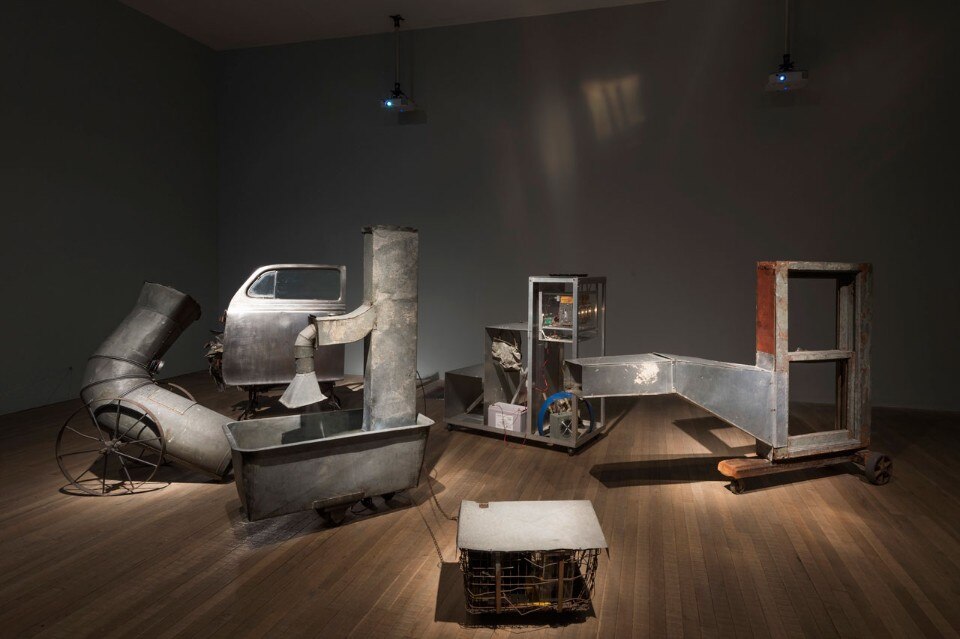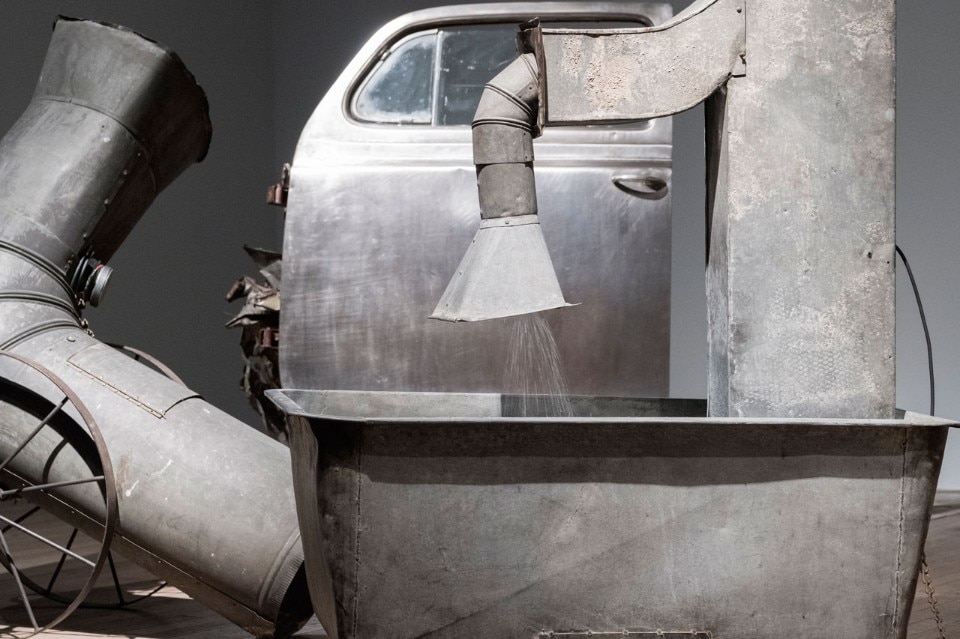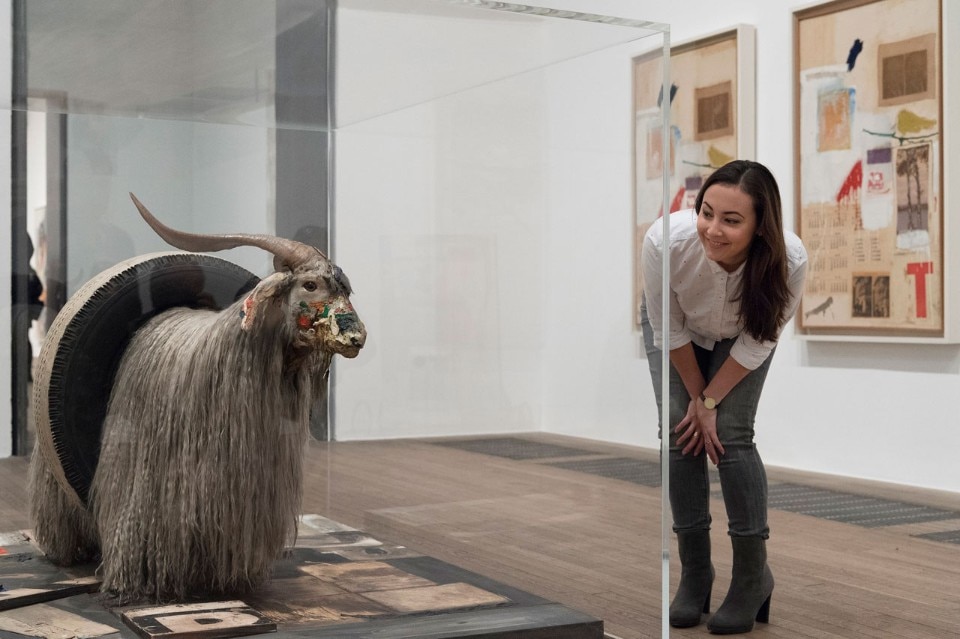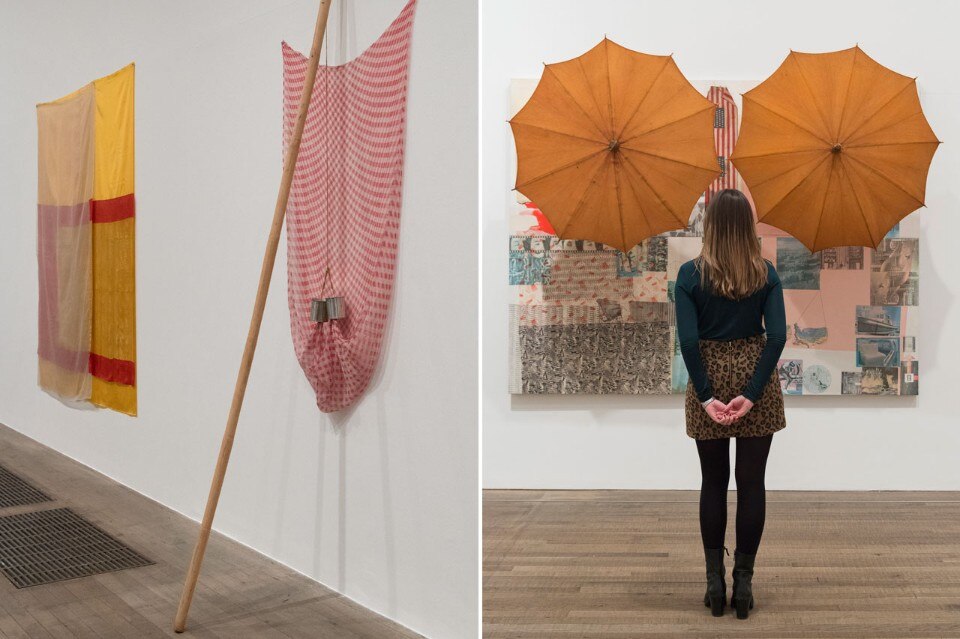
Among works on show is a selection of his iconic Combines, hybrids between painting and sculpture, which include Monogram 1955-59, and Bed 1955. Tate Modern is also showing the signature silkscreen paintings that signalled Rauschenberg’s attempt to bring politics, mass media imagery and street scenes into his work, including Retroactive II 1964, which portrays John F. Kennedy, who had recently been assassinated.
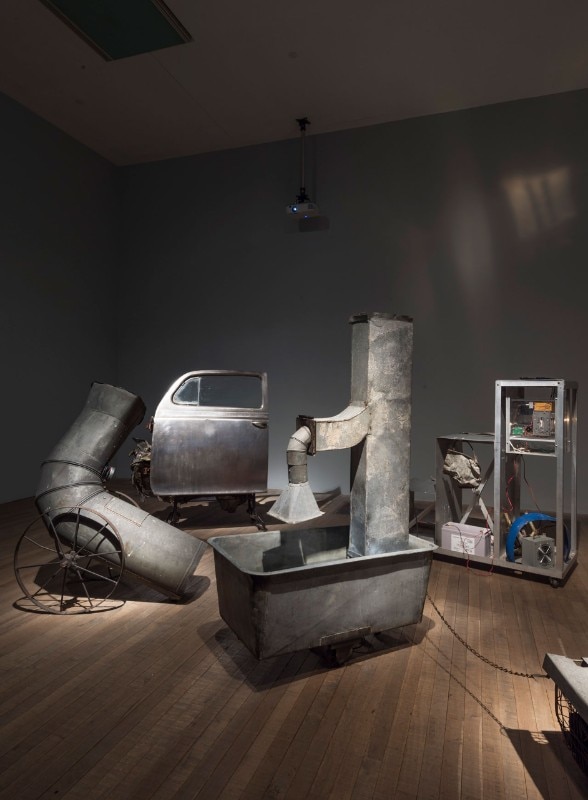
until 2 April 2017
Robert Rauschenberg
Tate Modern
Bankside, London
Curators: Achim Borchardt-Hume, Leah Dickerman; with Catherine Wood; Fiontán Moran and Juliette Rizzi
The exhibition will travel to The Museum of Modern Art in New York and the San Francisco Museum of Modern Art in 2017


